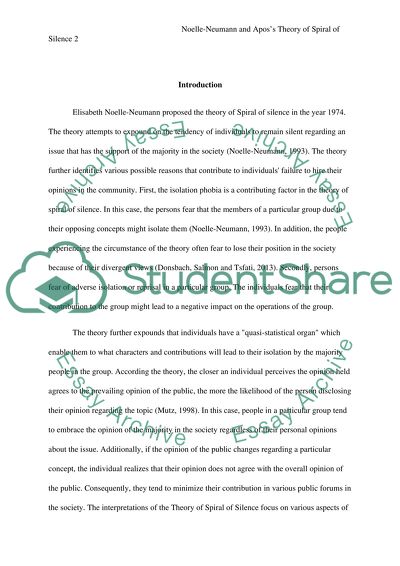Cite this document
(“Critical discuss empirical evidence supporting, or challenging, Essay”, n.d.)
Retrieved from https://studentshare.org/journalism-communication/1680782-critical-discuss-empirical-evidence-supporting-or-challenging-noelle-neumannapos-s-theory-of-spiral-of-silence
Retrieved from https://studentshare.org/journalism-communication/1680782-critical-discuss-empirical-evidence-supporting-or-challenging-noelle-neumannapos-s-theory-of-spiral-of-silence
(Critical Discuss Empirical Evidence Supporting, or Challenging, Essay)
https://studentshare.org/journalism-communication/1680782-critical-discuss-empirical-evidence-supporting-or-challenging-noelle-neumannapos-s-theory-of-spiral-of-silence.
https://studentshare.org/journalism-communication/1680782-critical-discuss-empirical-evidence-supporting-or-challenging-noelle-neumannapos-s-theory-of-spiral-of-silence.
“Critical Discuss Empirical Evidence Supporting, or Challenging, Essay”, n.d. https://studentshare.org/journalism-communication/1680782-critical-discuss-empirical-evidence-supporting-or-challenging-noelle-neumannapos-s-theory-of-spiral-of-silence.


